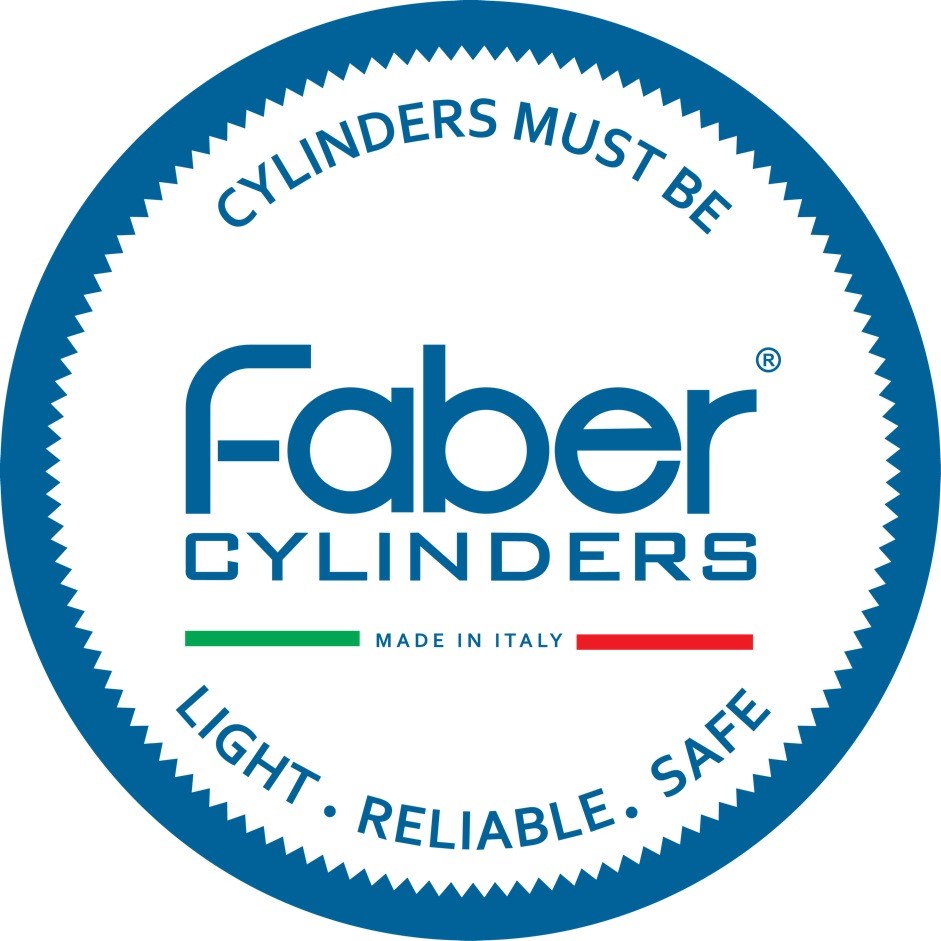New lighter design for Faber diving cylinders
It is now official! Faber, since January 2023, has started to sell its newdesigned CE marked scuba diving cylinders to the European Union andwherever those cylinders are allowed to be used by standard.
Thanks to its unique production process from plate Faber is able to make the
lightest steel diving cylinders in the world while ensuring the highest level of
safety, by exceeding the design standard requirements.
In fact, the standard allows a cylinder maker to design a cylinder with higher
mechanical strength while reducing the wall thickness to target a decent
weight overall. This practice can be considered when you make the cylinder
from either tube or billetrather than from plate to reach a better performance
in weight. Nevertheless, Faber strongly believes that in the field of scuba,
cylinder handling might be subject to severe use and improper maintenance
in the years, as such, a reduction of the wall thickness should be limited as
much as possible.
Faber, thanks to its manufacturing process of cold deep drawing starting from
plate, can reach the besttarget weightfor a steel diving cylinder while keeping
the range of non-high mechanical characteristics.
The table hereby shows the difference in weight, of the most commonly used
sizes, from the previously designed Faber diving cylinders CE marked and the
ones available from January 2023.
We are sure that divers will appreciate such an improvement and will continue
to use Faber Cylinders, since ever recognized in the diving community as the
best products in the world.
| Working pressure 200 bar | |||
| Water capacity (l) | Diameter (mm) | Old weight (kg) | New weight (kg) |
| 10 | 171 | 10.4 | 10 |
| 12 | 171 | 12.0 | 11.5 |
| 12 | 203 | 13.6 | 12.3 |
| 15 | 203 | 16.2 | 14.5 |
| 18 | 203 | 18.7 | 16.0 |
| Working pressure 232 bar | |||
| Water capacity (l) | Diameter (mm) | Old weight (kg) | New weight (kg) |
| 10 | 171 | 12.2 | 11.5 |
| 12 | 171 | 14.1 | 13.3 |
| 12 | 203 | 15.1 | 14.1 |
| 15 | 203 | 18.2 | 16.7 |
| 18 | 216 | 21.5 | 20.0 |
All nominal data related to cylinders without valve or any other accessory, convex
bottom

